The Big Bang theory is the leading explanation of how the Universe get started. Simply put, the Universe was born from an infinitely hot and dense point called a singularity. At one point, it “exploded” — swelled and stretched. In the first moments, this process took place at an unimaginable speed, and then, as space cooled, it slowed down, but did not stop. It has been happening for the last 13.8 billion years.
Existing technologies do not yet allow astronomers to literally look at the birth of the Universe. Much of what we know about the Big Bang comes from mathematical formulas and models. However, astronomers can see the “echo” of the expansion through a phenomenon known as the cosmic microwave background.
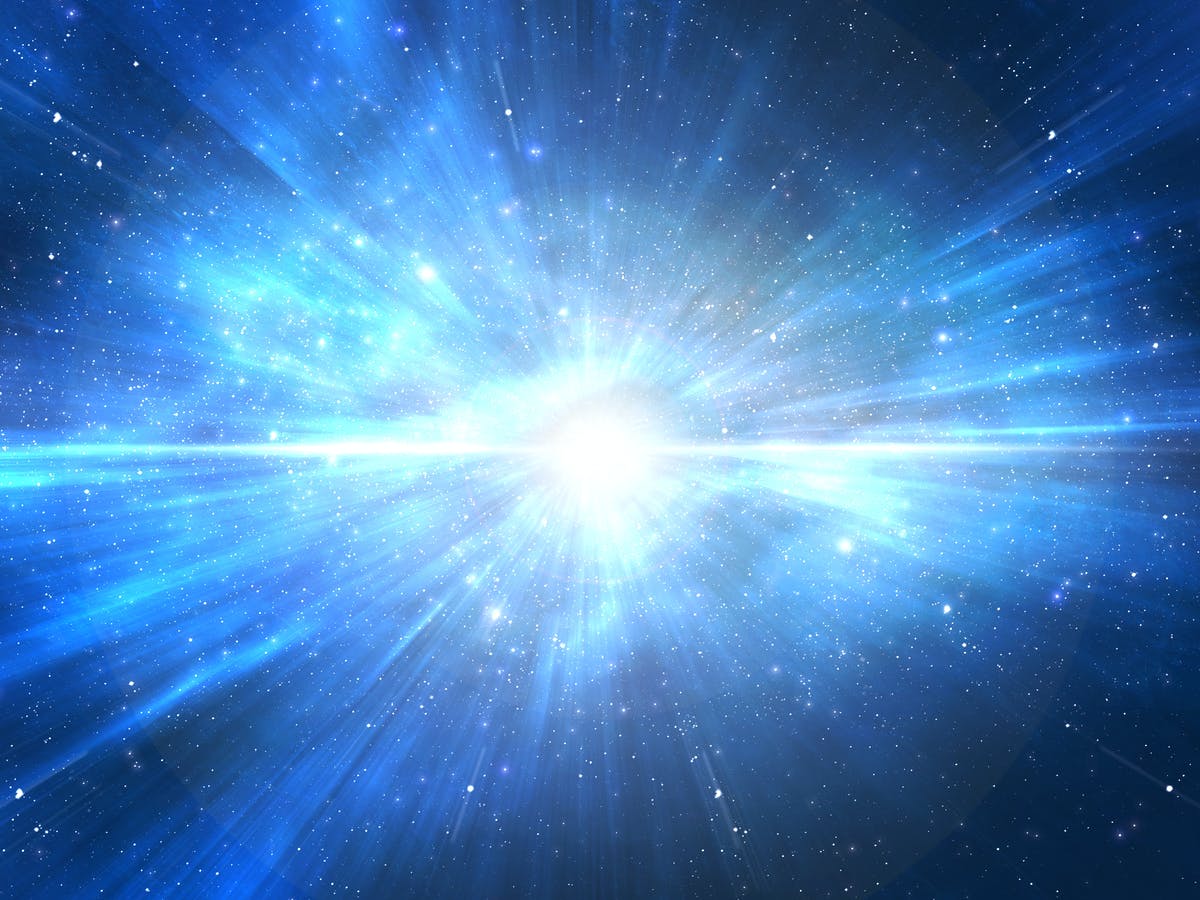
In addition to the Big Bang, there are alternative explanations for the origin of the Universe — such as eternal inflation or an oscillating Universe.
The Big Bang: The Birth of the Universe
About 13.7 billion years ago, everything was concentrated in an infinitesimal singularity, a point of infinite density and heat. Suddenly, an explosive expansion began, inflating our Universe outward at a speed exceeding the speed of light. It was a period of cosmic inflation that lasted only 10-32 seconds, according to the theory of physicist Alan Guth in 1980, which forever changed our ideas about the Big Bang.
When cosmic inflation came to a sudden and still mysterious end, more classical descriptions of the Big Bang took hold. The flow of matter and radiation, known as “reheating”, began to populate our Universe with baryonic matter.
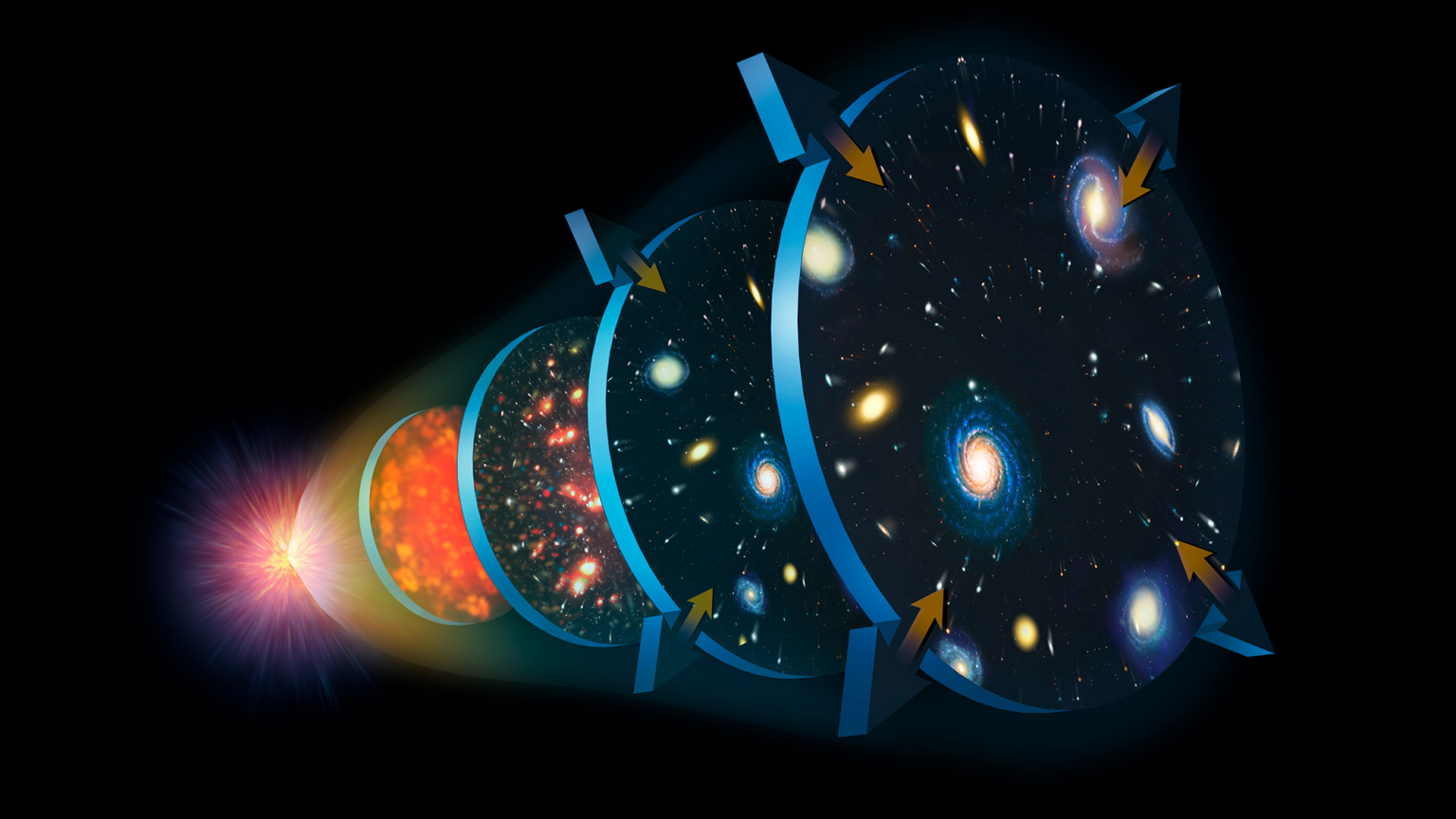
According to NASA, all this happened in just the first second after the creation of the Universe, when the temperature was still unimaginably high — about 5.5 billion degrees Celsius. The cosmos contained a huge number of fundamental particles, such as neutrons, electrons and protons — the “raw materials” that would become the building material for all matter in the Universe.
“Afterglow” of the Big Bang
This early “soup” is impossible to see because it could not hold visible light. “Free electrons would cause light (photons) to scatter in the same way that sunlight is scattered by water droplets in clouds,” NASA said. However, over time, these free electrons met with cores and created neutral atoms or atoms with equal positive and negative electric charges. This allowed light to “originate” 380 thousand years after the Big Bang.
This light, which is sometimes called the “afterglow” of the Big Bang, is more correctly called the cosmic microwave background (CMB). It was first predicted by Ralph Alfer and other scientists in 1948, but it was discovered by chance, almost 20 years later.
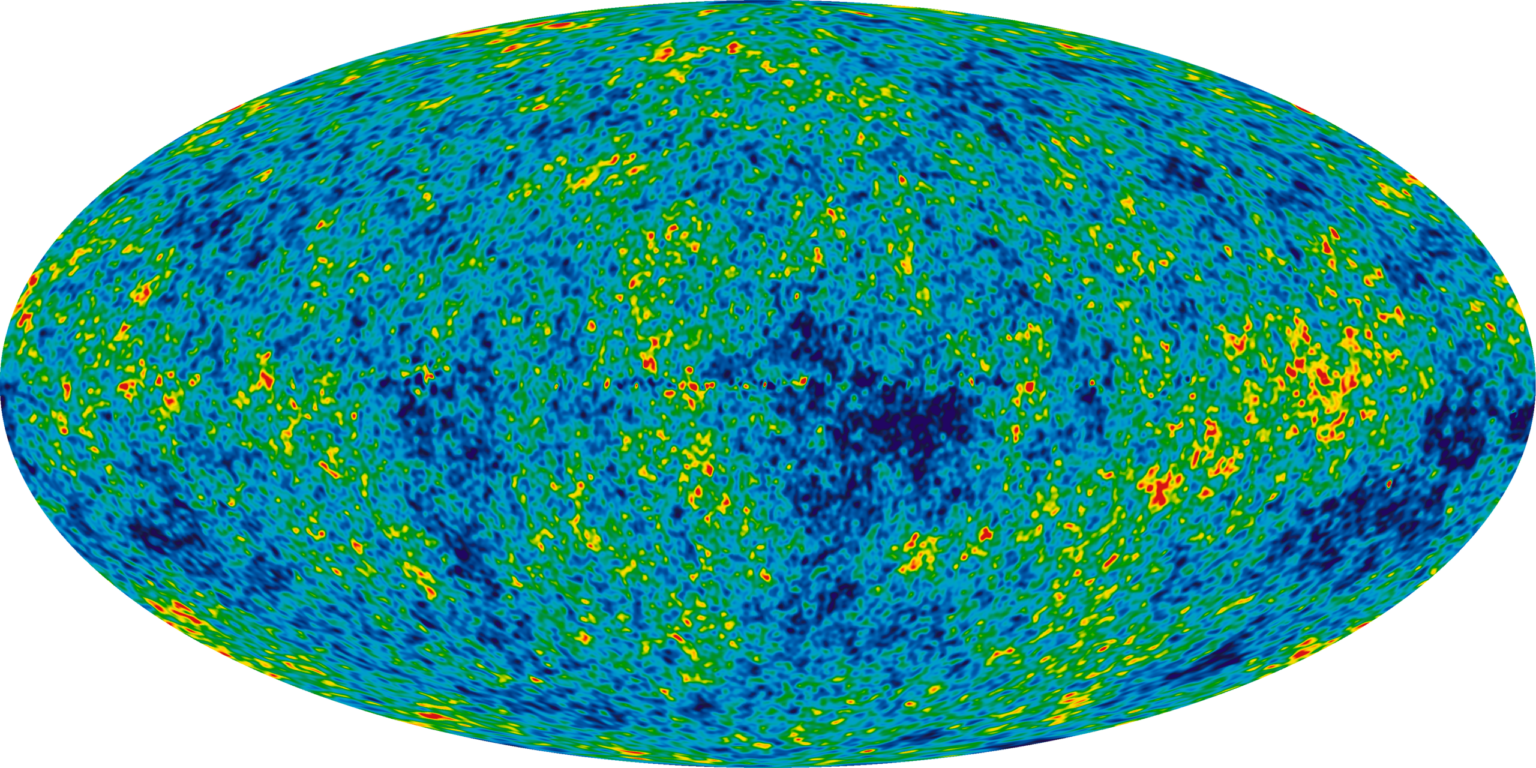
This discovery occurred when Arno Penzias and Robert Wilson (both from Bell Telephone Laboratories in New Jersey) were building a radio receiver in 1965. According to NASA, they received higher temperatures than expected. At first, they thought that the anomaly arose due to the fact that the excrement of pigeons that settled in the antenna interfered. After cleaning them, the anomaly did not disappear. At the same time, a Princeton University team led by Robert Dicke was trying to find evidence of relic radiation and realized that Penzias and Wilson had stumbled upon it during their strange observations.
Age of the Universe
Currently, relic radiation is observed by many researchers and in many spacecraft missions. One of the most famous projects was NASA’s Cosmic Background Explorer (COBE) satellite, which was used to create a sky map in the 1990s. COBE was followed by several other missions, such as the BOOMERanG experiment (aerial observations of millimeter extragalactic radiation and geophysics), NASA’s Wilkinson Microwave Anisotropy Probe (WMAP) and the European Space Agency’s Planck satellite. The observations of the last one, first published in 2013, mapped the relic radiation with unprecedented detail and showed that the Universe was older than previously thought: 13.82 billion years, not 13.7 billion. The mission of the research observatory continues, and new maps of relic radiation are periodically released.
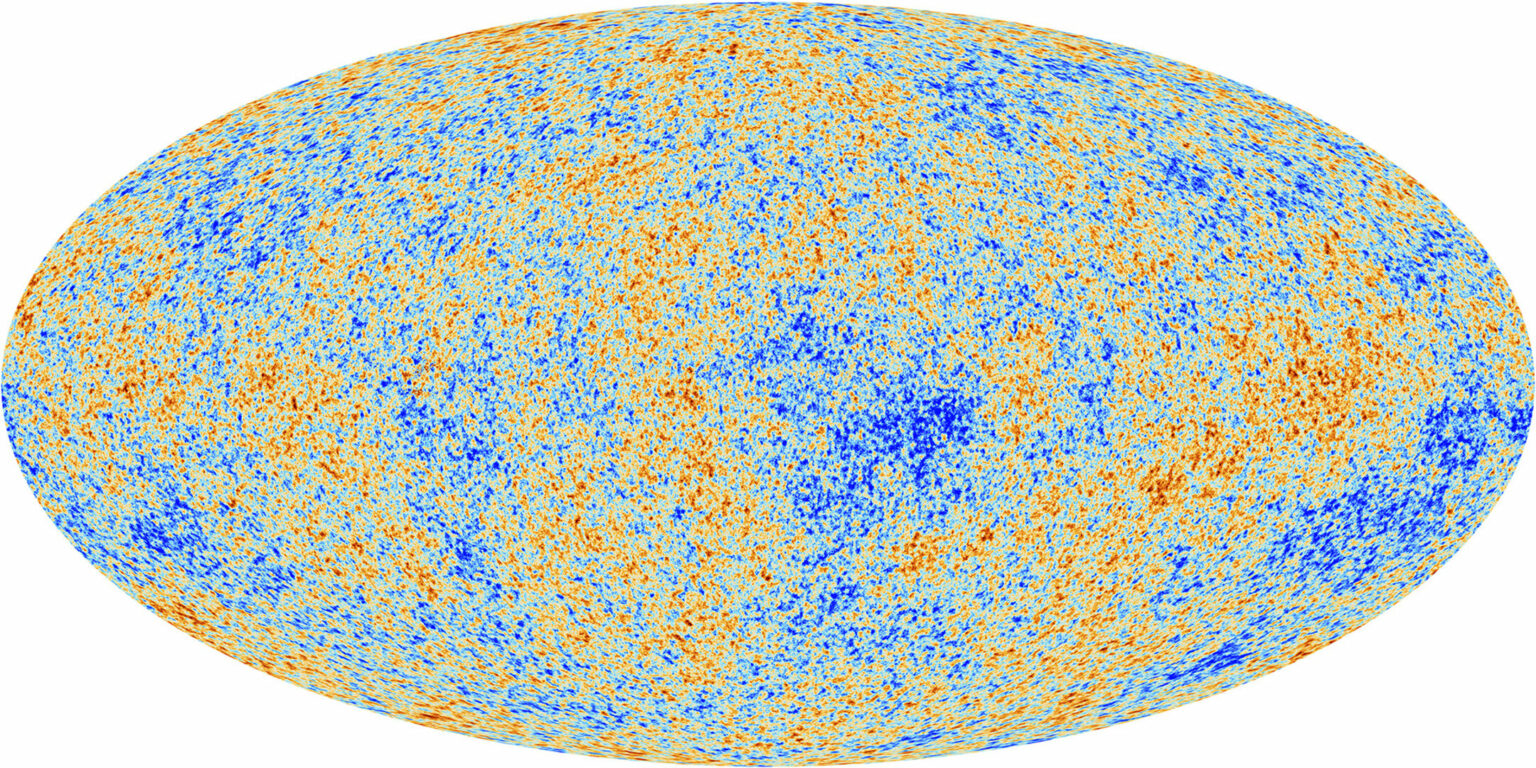
However, the map gave rise to new riddles. For example, why the Southern Рemisphere turned out to be redder (warmer) than the Northern Hemisphere. The Big Bang theory says that the relic radiation should be basically the same wherever you look. But in practice it turned out not to be so.
The study of relic radiation also gives astronomers clues about the composition of the Universe. Researchers believe that most of the cosmos consists of matter and energy that cannot be recorded using conventional terrestrial instruments, which led to the names “dark matter” and “dark energy”. It is believed that only 5% of the Universe consists of matter, such as planets, stars and galaxies.
Expansion vs. Explosion
Although the Big Bang is often called an “explosion”, this is a misconception of it. During an explosion, fragments are ejected from the central point into the already existing space. If you were at the center point, you would see that all the fragments were moving away from you at about the same speed. But the Big Bang wasn’t like that. It was rather an expansion of space — a concept derived from the equations of Einstein’s general theory of relativity, but having no analogue in classical physics.
This means that all the distances in the Universe are stretching at the same speed. Any two galaxies separated by a distance of X are moving away from each other at the same speed, while a galaxy at a distance of 2X is moving away at twice the speed.
Ongoing expansion of the Universe
The Universe is not only expanding, but it is doing so with acceleration. This means that in the distant future all the galaxies will be so far away from each other that it will seem to observers that there are no other galaxies in the Universe at all.
“If you wait long enough, eventually the distant galaxy will reach the speed of light. This means that even light will not be able to bridge the gap that opens between this galaxy and us,” explains Harvard University astronomer Avi Loeb.
Some physicists also suggest that the Universe we encounter is just one of many. In the “multiverse” model, different Universes will coexist with each other like bubbles floating side by side. The theory suggests that during this first big push of inflation, different parts of spacetime grew at different rates. This could give rise to different Universes with potentially different laws of physics.
It is possible that the Big Bang was not the first inflationary period that the Universe experienced. Some scientists believe that we live in a cosmos that goes through regular cycles of inflation and deflation. We’re probably just living in one of those phases right now.
JWST and the Big Bang
A telescope is almost a time machine that allows us to look into the distant past. Hubble showed us the galaxies as they were many billions of years ago. And Hubble’s successor, the James Webb Space Telescope, can look even deeper into the past. NASA hopes to be able to see the time when the first galaxies formed, almost 13.6 billion years ago.
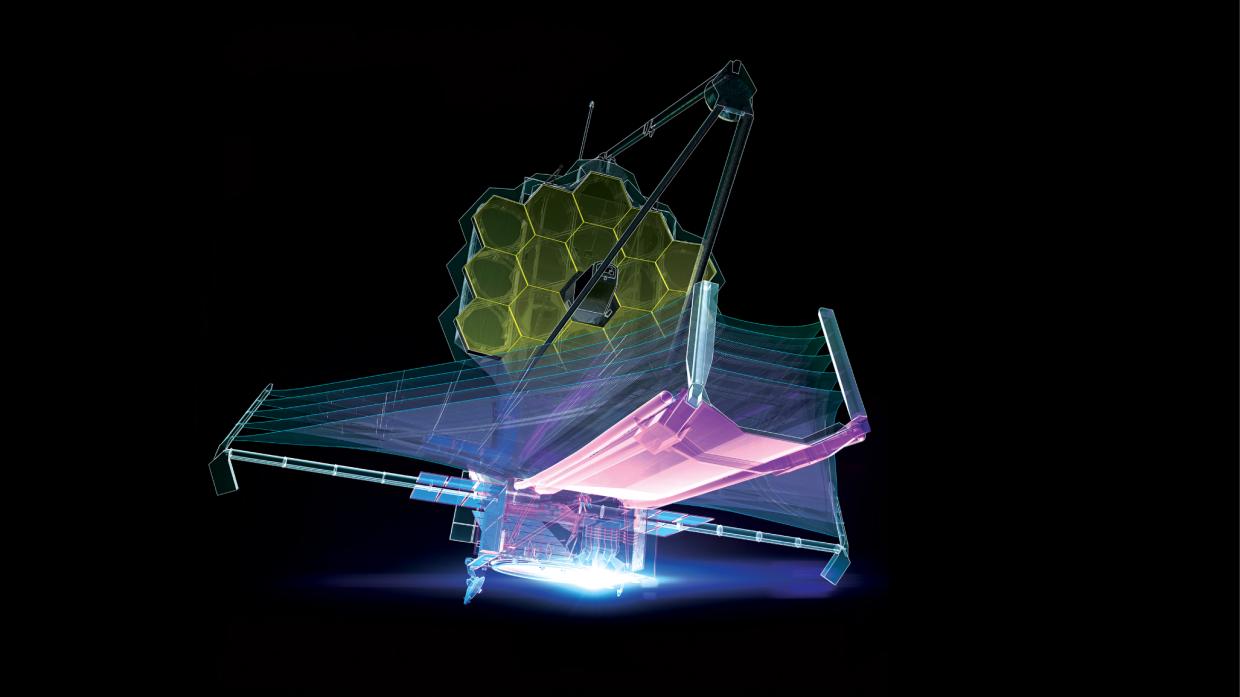
Unlike Hubble, which sees mainly in the optical wavelength range, JWST — an infrared telescope — has a great advantage when observing very distant galaxies. The expansion of the Universe means that the waves emitted by it are stretched, so the light emitted in the visible wavelength range actually reaches us in the infrared range. Probably, thanks to James Webb, we would see the early Universe quite different from the one that was revealed to us in theoretical calculations.
You can also read about what a light-year is.
Follow us on Twitter to get the most interesting space news in time
https://twitter.com/ust_magazine

